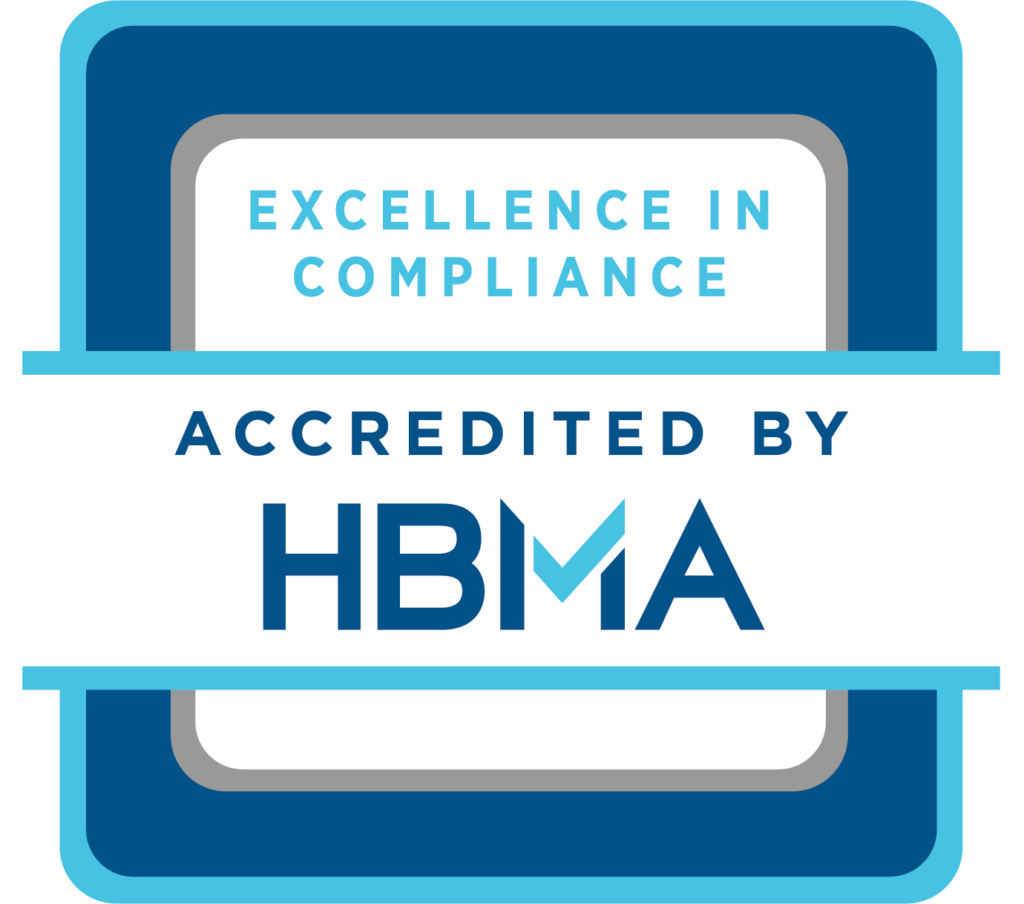Accounts Receivable Analysis for Medical Practices

In today’s healthcare environment, understanding your Accounts Receivable (AR) is essential to keeping your practice financially healthy. In my recent presentation, Data to Evaluate the Accounts Receivable, I walked healthcare providers through the critical metrics and reports they should be reviewing regularly. My goal was simple: help practices turn their AR data into actionable strategies that reduce denials, improve collections, and strengthen cash flow.
Whether you’re a small rural clinic or a multi-state specialty group, this approach applies to you. Let’s break it down.
Why Accounts Receivable Analysis Matters
Your AR isn’t just a number—it tells a story about how efficiently your practice is collecting what you’ve earned. Too often, practices let AR reporting become background noise, focusing on running reports rather than interpreting what the data actually means. But when you dig into the numbers, you can spot patterns, pinpoint bottlenecks, and create a plan to improve your revenue cycle.
At Medicus Billing & Consulting, we help practices nationwide do just that. And it starts with understanding the right metrics.
Key AR Metrics Every Practice Should Track
1. Accounts Receivable Aging Metrics
I always encourage practices to evaluate AR aging with clear benchmarks:
- Good performance: AR over 120 days should be 10% or less of total AR.
- Average performance: AR over 120 days falls between 11%–20%.
- Poor performance: AR over 120 days exceeds 20%—this means it’s time to act.
Review your insurance aging by payer and your patient aging summary separately and always exclude credit balances when running these reports to avoid skewed data.
2. Denial Rate
Your denial rate is one of the best indicators of billing health. I recommend calculating this as:
Denial rate = Total $ denied claims ÷ Total $ submitted claims
Aim for a denial rate of under 5%, measured using your clearinghouse reports. A higher rate means your team is working twice as hard—chasing money that could have been collected with cleaner claims up front.
3. Adjusted (Net) Collections Rate
I also walked attendees through how to measure net collections:
Adjusted collections = (Total payments – refunds) ÷ (Total charges – approved contractual adjustments)
A 95% or higher net collection rate indicates strong billing performance. If you’re below that, it’s time to look at denial trends, write-offs, and process gaps.
4. Projected Income & Reimbursement Rates
We talked about how to project income based on payer allowables and how to calculate:
Average reimbursement = Sum of total allowable ÷ Sum of total charges
This gives you a clear picture of what you’re truly collecting per dollar billed.
And don’t forget about the patient portion! Reviewing Explanation of Benefits (EOBs) helps estimate what patients owe—and ensures you’re not leaving patient payments uncollected.
The Importance of Credit Balances
Credit balances should always be reviewed separately before evaluating AR. Both insurance and patient credit balances need to be addressed monthly. Ignoring these can not only inflate your AR numbers but can also raise compliance red flags.
Keeping It Simple: Focus on 3 Key Data Elements
One of the most important pieces of advice I shared was to keep your AR analysis focused. Teams get overwhelmed with too much data, and the key points get lost. Instead, zero in on:
- Insurance and patient aging reports without credit balances
- Denial summaries by payer and type (look at the last 60 days)
- Month-end charge and payment summaries to see your overall performance
When you present data this way—clear, focused, and actionable—your team can come away with a plan rather than data overload.
What to Include in Your Review
When I help clients review their billing, I always request:
- Insurance aging by payer (by post date, no credit balances)
- Patient aging summary (no credit balances)
- EOBs from your top 6 payers
- Rejection summaries (by payer and type, last 60 days)
- Performance reports by facility/provider (last 60 days)
- Month-end charge and payment summaries
- Credit balance reports (insurance and patient)
This comprehensive approach ensures no piece of the AR puzzle is overlooked.
Turning Accounts Receivable Data into Action
Ultimately, Account Receivable analysis isn’t about generating reports—it’s about what you do with the data. When you track the right metrics, you can:
- Reduce denials and speed up appeals
- Improve collections and cash flow
- Identify payer or process issues
- Plan staffing and training based on real needs
At Medicus Billing & Consulting, I work closely with practices to not just track performance—but to improve it. My team helps you interpret AR data, design custom solutions, and create workflows that keep your revenue cycle strong.
Final Thoughts
If your Accounts Receivable feels like a black hole or your collections aren’t where they should be, don’t wait to take action. The data you need is already at your fingertips—you just need to know how to read it. Let Medicus Billing & Consulting help you transform your AR reporting into a strategic advantage.
Contact us today to schedule an accounts receviable analysis—and let’s build a plan that supports your success.
About the Author: Cyndi Walker
Cyndi Walker, CMC CHBC, is the founder of Medicus Billing and Consulting, a premier billing company with over 40 years of experience in the medical billing industry. With certifications in Medical Coding, Healthcare Billing Consulting, and Compliance, Cyndi has built a reputation as a trusted expert in the field. She regularly shares her extensive knowledge on topics such as coding, payer appeals, regulations, and billing techniques. Connect with Cyndi today to discover how Medicus Billing can streamline and enhance your practice’s billing processes.

Contact Us Today
"*" indicates required fields



